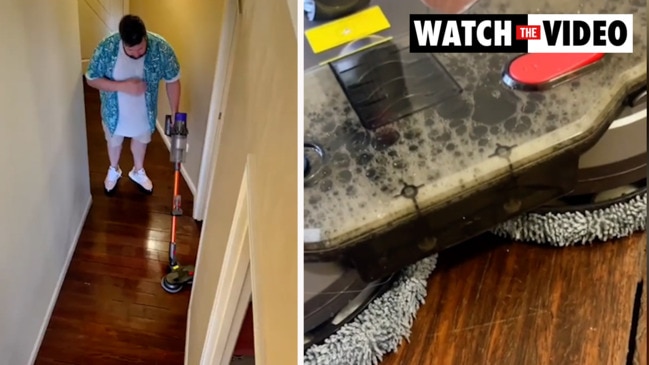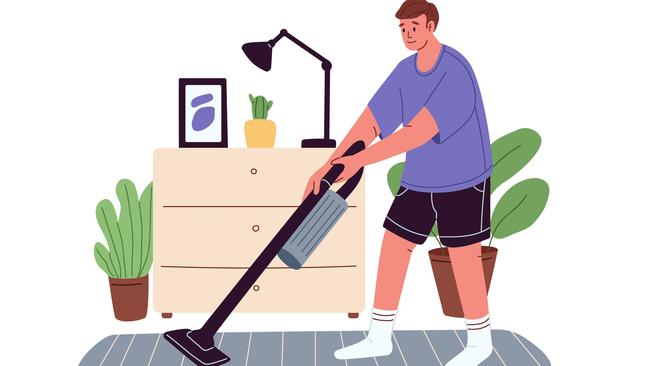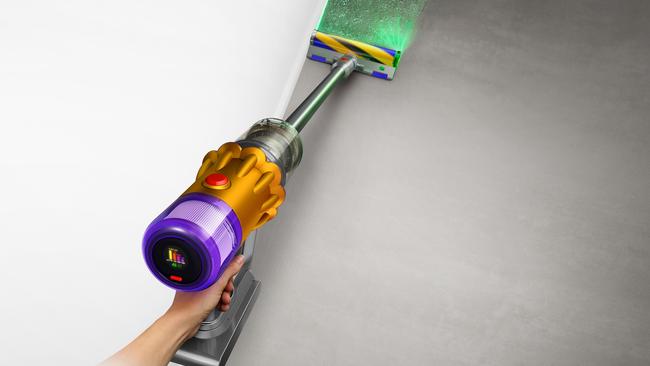Faeces, bacteria, viruses: horribles hiding in your carpet - and how to clean the home to stop them
There’s likely some terrible things hiding in the carpet at your house but luckily there’s an easy fix.

Lifestyle
Don't miss out on the headlines from Lifestyle. Followed categories will be added to My News.
- I tried this high-tech design tool and it changed my life
- Home owners forking out thousands in hidden costs
The Global Dust Study (yes, there is such a thing) has revealed that 76 per cent of Aussie households have carpeted floors. Yes. Okay, you’re thinking. Not especially exciting news. But wait — there’s more.
The research also showed that many of us are not aware of how often we need to vacuum our carpet to ensure it’s as clean as possible and, as it turns out, we’re a teensy bit filthy. Just saying.
According to Dyson senior research scientist Dennis Mathews the vast majority of us should be vacuuming our floors once or twice a week and giving high-traffic areas a third go weekly too. Ah what now?

“It’s good practice to vacuum areas in the house that receive more footfall to avoid dirt and dust from building up and grinding into the ground,” advises Dennis.
“Frequency of vacuuming should also depend on how many people live in your home, if you have pets or number of pets and various other factors.”
Uh oh. And then there’s this …
Carpets can hide dust and dirt between their fibres, as well as harbour microscopic life such as dust mites, bacteria moulds and allergens. (Quietly vomits in mouth).
Thicker carpets require more frequent vacuuming, adds Dennis. This applies to other textiles including sofas and mattresses too.
The study found that 44 per cent of us only clean when there was visible dust and dirt on the floor. However, most dust particles are microscopic in size, so just because we can’t see it doesn’t mean that it is not there.

Further, when we bring pets, plants, people, food and furnishings into our homes, they carry their own sources of pollution, bacteria and mould contamination.
Effectively, we transport the outside inside bringing microbes and allergens on our shoes, clothes and domestic items. Standard household dust contains bacteria, viruses, pollen, allergens, dust mites and (prepare to be truly horrified) their faeces.
They primarily feed on dander or dead skin cells shed by humans and animals. All righty then — who’s for a quick vacuum?




